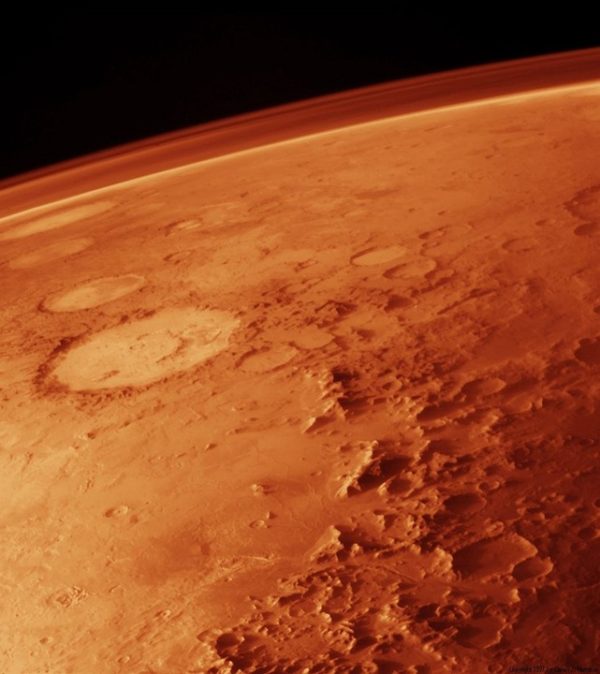
After nearly a decade in orbit, NASA’s MAVEN spacecraft has, for the first time, directly observed the process that scientists had long suspected was responsible for stripping Mars of its atmosphere.
The findings, published May 28 in the journal Science Advances, could help answer a longstanding question about how Mars transformed from a potentially habitable world with rivers and lakes into the mostly-frozen desert we see today.
Although Mars today is dry, cold and virtually airless, its surface is carved with unmistakable evidence of a wetter past. Features resembling ancient river valleys, lake beds, and minerals that only form in the presence of water point to long-lived lakes, possibly even shallow seas, that flowed on Mars’ surface billions of years ago. For liquid water to persist, however, Mars would have needed a much denser atmosphere to trap heat and sustain higher surface pressure. Understanding when and how that atmosphere vanished is essential to reconstructing Mars’ climate evolution, and to determining how long the planet may have remained habitable.
“Writer Fuel” is a series of cool real-world stories that might inspire your little writer heart. Check out our Writer Fuel page on the LimFic blog for more inspiration.

